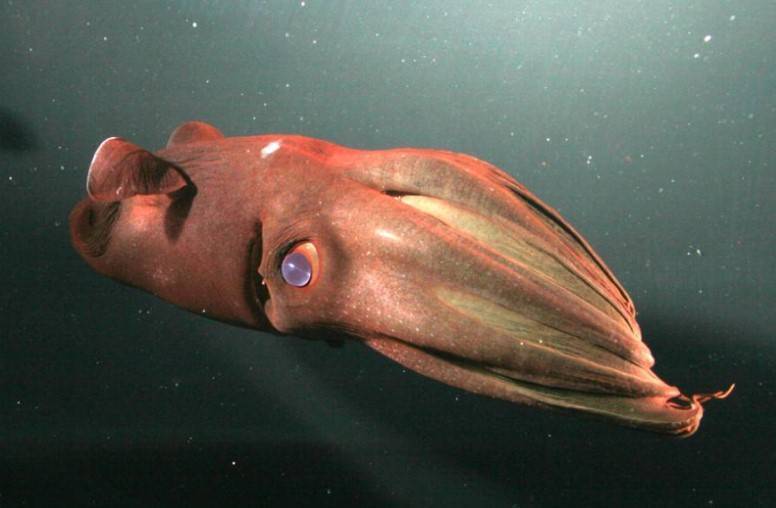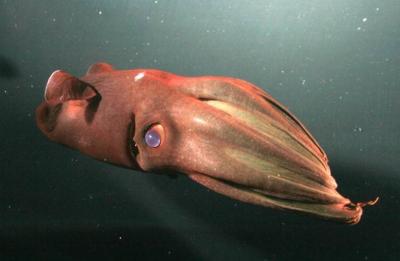A study published in the journal Communications Biology suggests that the evolutionary ancestors of the vampire squid may have adapted to deep-sea environments with low oxygen levels as early as the Oligocene epoch, around 23 to 34 million years ago.
These findings could help bridge a 120 million-year scientific gap in the fossil record of vampire squids. It is worth noting that the modern vampire squid (Vampyroteuthis infernalis) lives in severely low-oxygen habitats in the Atlantic, Indian, and Pacific Oceans. However, it remains unclear how and when this squid species developed the unique traits that enable it to thrive in these deep-sea environments, especially since its ancestors from the Mesozoic era were known to live in relatively shallow waters close to shore.
During the study, researcher Martin Kouchak and his colleagues examined a fossil of a squid (Necroteuthis hungarica), discovered in Hungary, which was originally thought to belong to a prehistoric squid from the Oligocene. Using advanced imaging tools, the authors noted that the fossil shares structural and chemical similarities with the modern vampire squid. They traced the origins of this fossil to a low-oxygen marine environment near present-day Budapest, suggesting that the squid initially lived in the deep seas.
Furthermore, the authors concluded that this fossil represents an ancestor of the modern vampire squid that had already migrated to life in the deep seas by at least the Oligocene epoch. Additionally, the authors propose that the formation of these low-oxygen areas may have led to evolutionary adaptations in the vampire squid throughout history.




